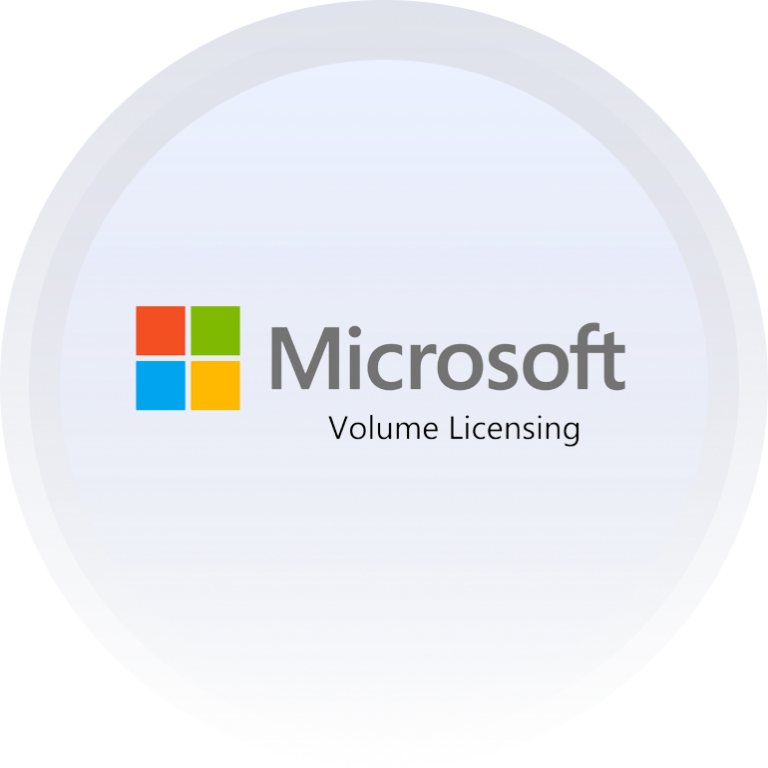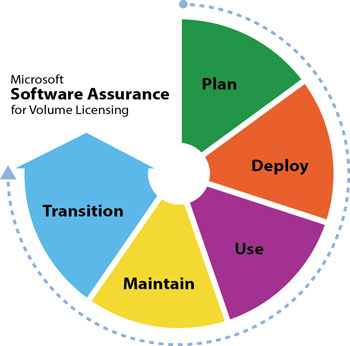Choose the Way You Purchase Microsoft Licenses
Capitalize on the software licenses that deliver you flexible, feature-rich, and agile solutions. There are multiple ways at your hands to buy Microsoft products and solutions that suit your business nature, size, and organization type.
Interested?
Fill in this form to let us get back to you ASAP!
Some of our Microsoft Licensing Programs
A core element of our service is to simplify the purchase experience of Microsoft licensing and open up new business opportunities.
Cloud Solution Provider (CSP)
Designed for Small & Medium organizations, with no minimum user count threshold, CSP would be a great option for customers who prefer a flexible program with competitive pricing & no restrictions, covered with the required support from the partner.
Learn more 🡢
Microsoft Products and Services Agreement (MPSA)
With MPSA, customers have access to perpetual licenses (with or without software assurance) as well as cloud services, all under one umbrella that can hold multiple purchasing accounts and share pricing. It is suitable for organizations with 250 or more users.
Learn more 🡢
Microsoft Enterprise Agreement
Tailored to suit the organizations that have at least 500 users/devices. It delivers the maximum benefits for enterprises that want an easily manageable volume licensing program.
Learn more 🡢

What Is Microsoft Software Assurance?
As clarified by Microsoft, Software Assurance is a comprehensive program that includes a unique set of technologies, services, and rights for using Microsoft products efficiently. Software Assurance helps keep your business up to date and ready to respond quickly to change and opportunity.

Explore how we helped businesses succeed!
Get in on the action to drive growth and achieve your goals.

alfanar Company

Vision Invest Case Study

Abdullah Hashim Company Case Study

Saudi Gulf Airlines (SGA)

Al-Rashed Transport
Why Choose Alnafitha IT?
Alnafitha IT has a proven track record of delivering high-quality, reliable IT services to clients across various industries.
All-Inclusive IT Hub
Our IT services and solutions cover a wide range of technological demands, ranging from cloud infrastructure to business applications.
Experience in SA Market
Provided IT solutions and services to businesses in Saudi Arabia with various industries and government sectors.
End-to-End Services
Starting with assessments, passing through license or configuration, and concluding with deployment, we do it all!







Our Customers
+7000 companies trust Alnafitha IT




































